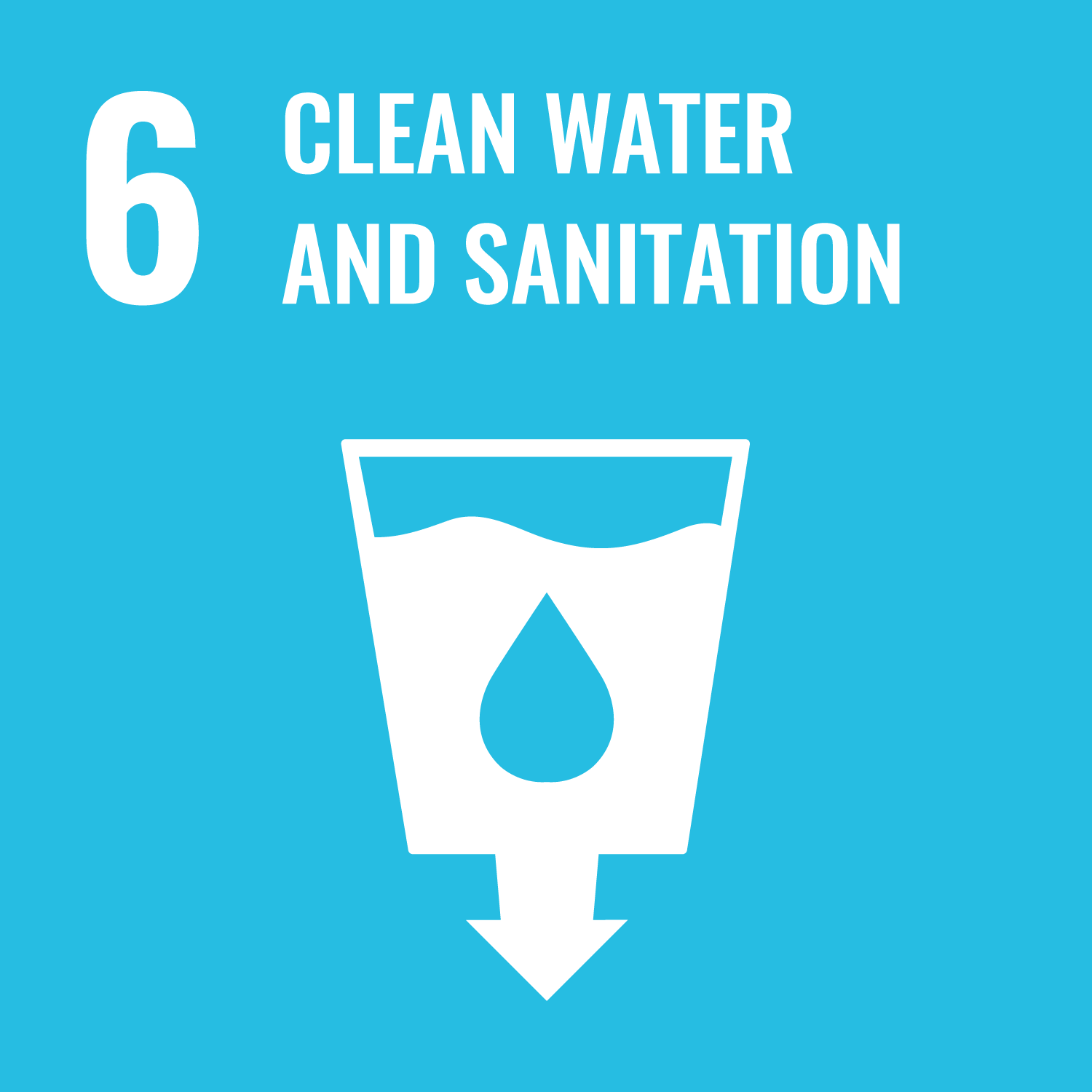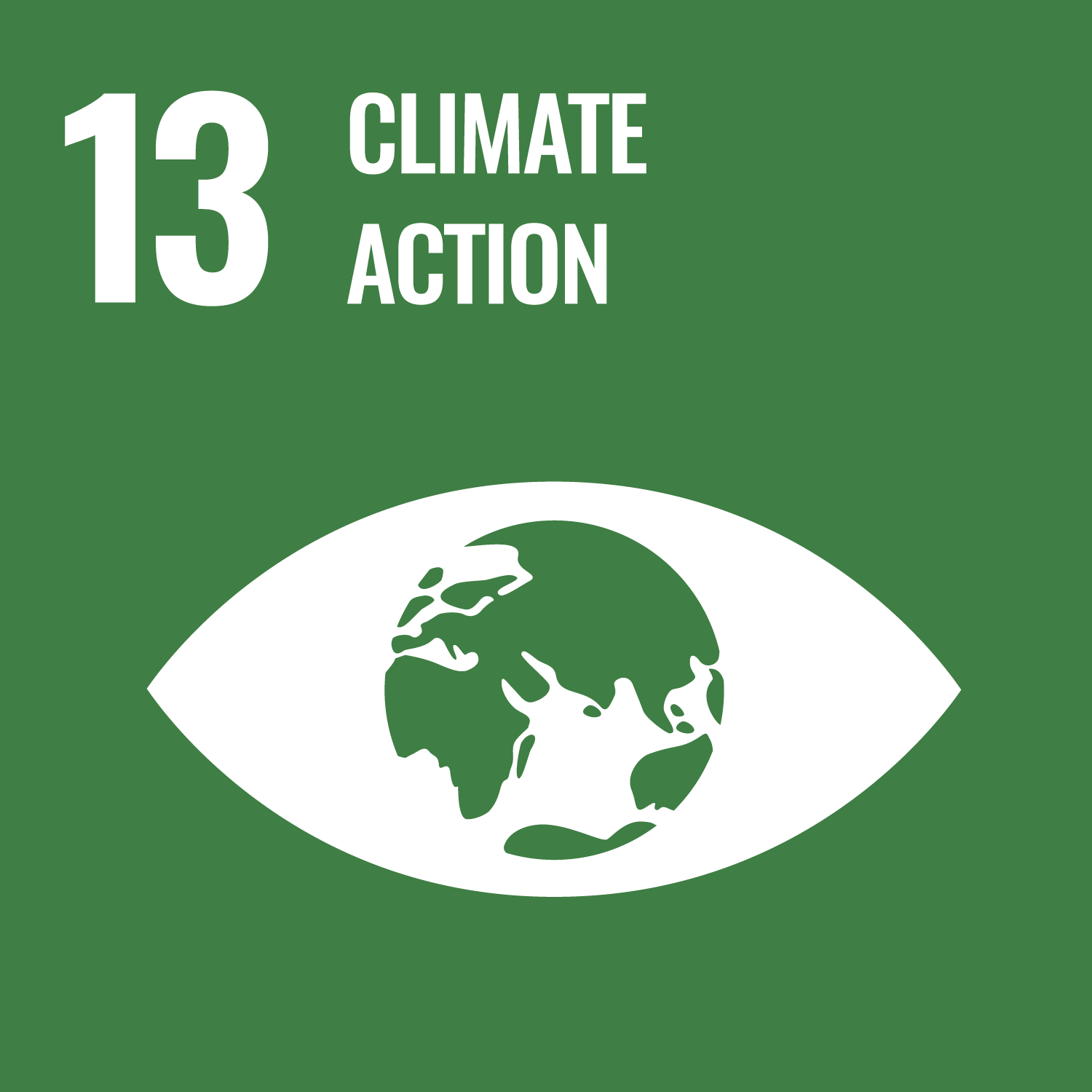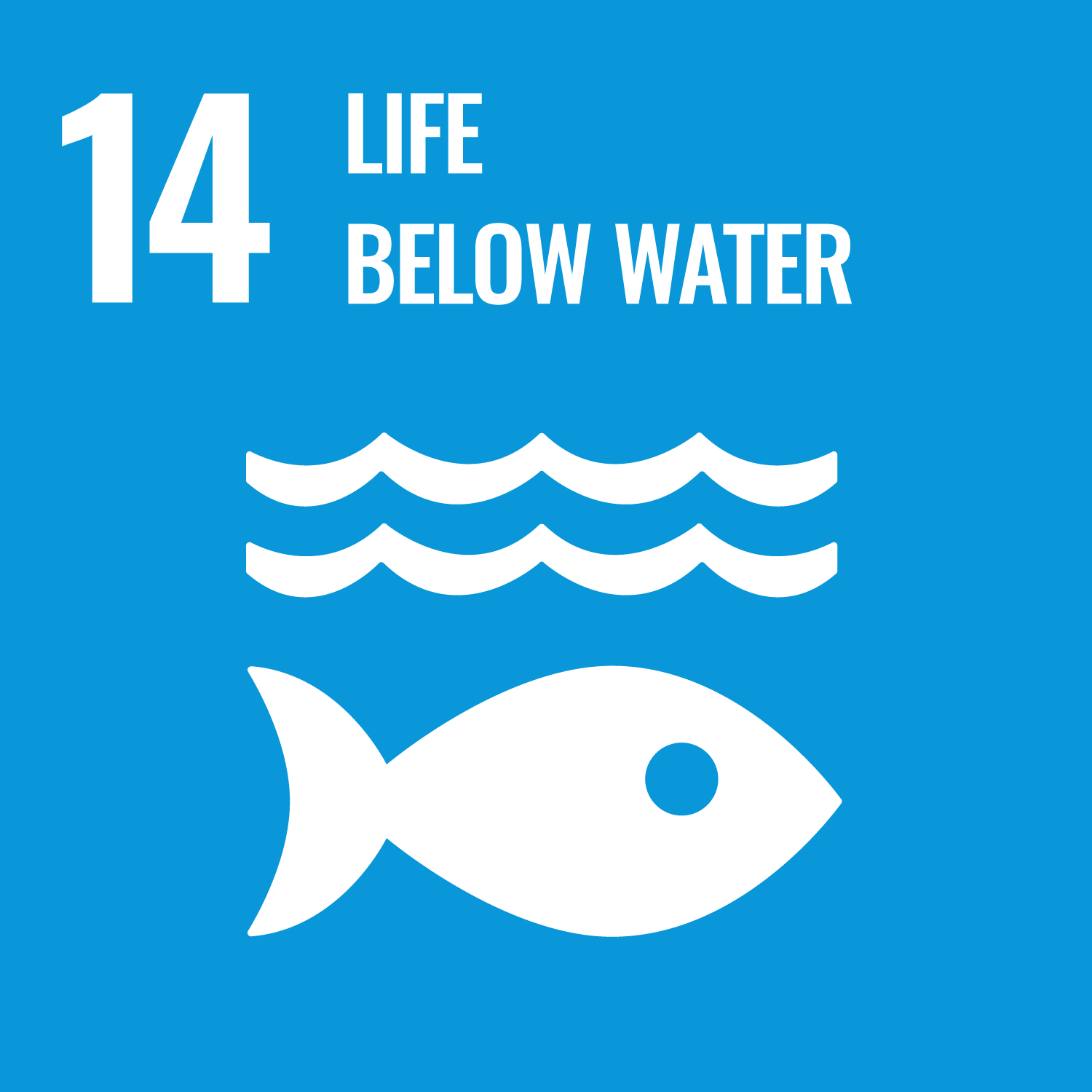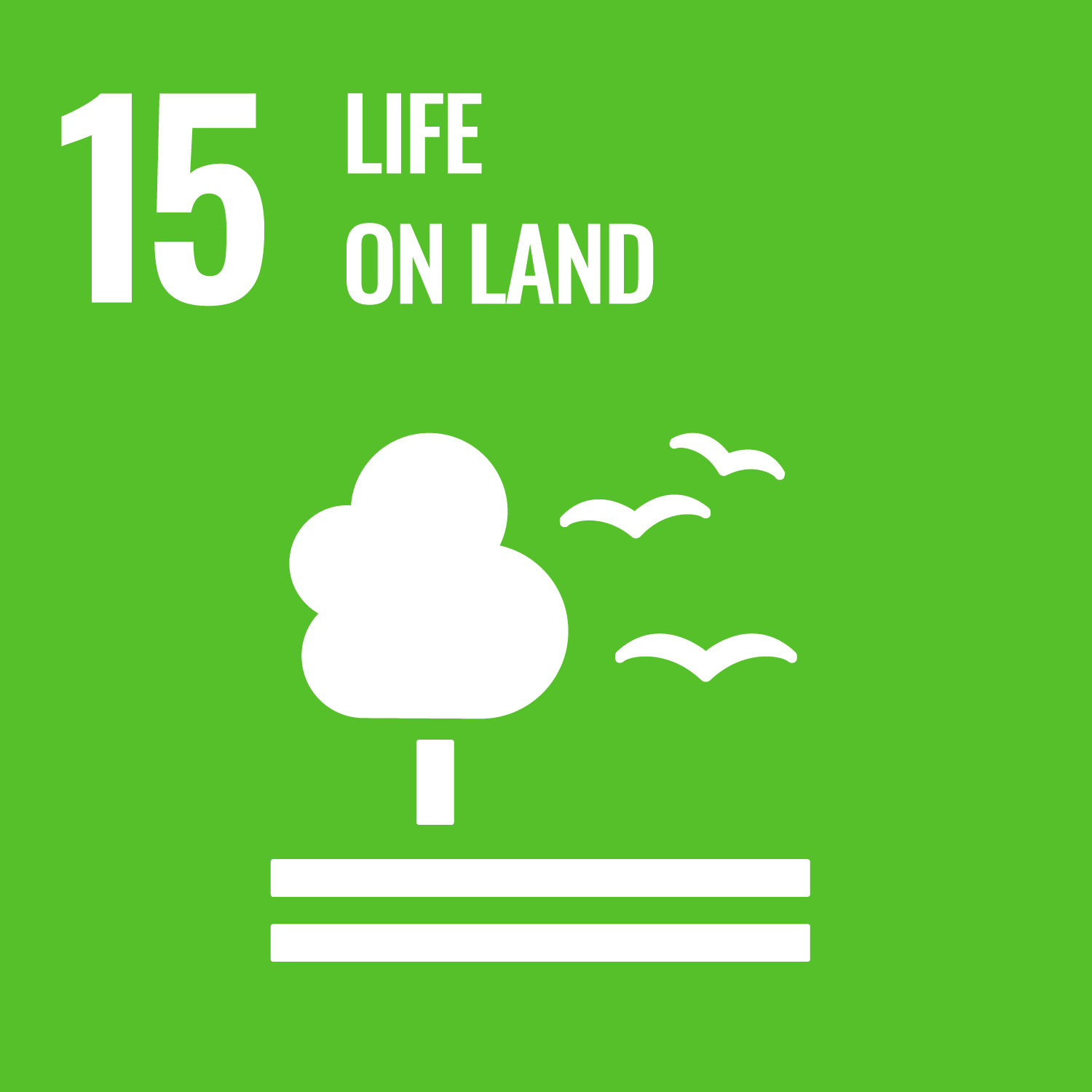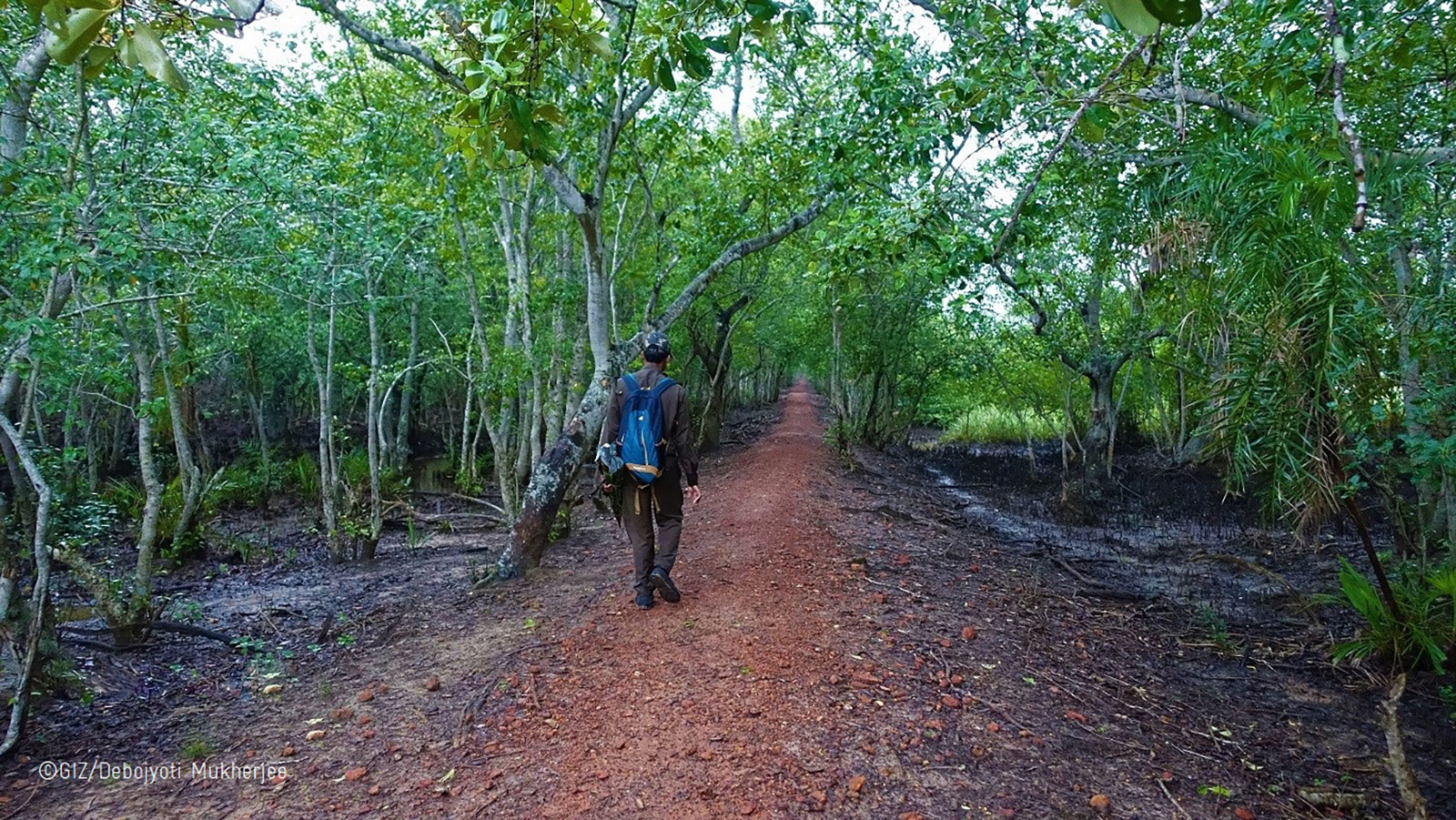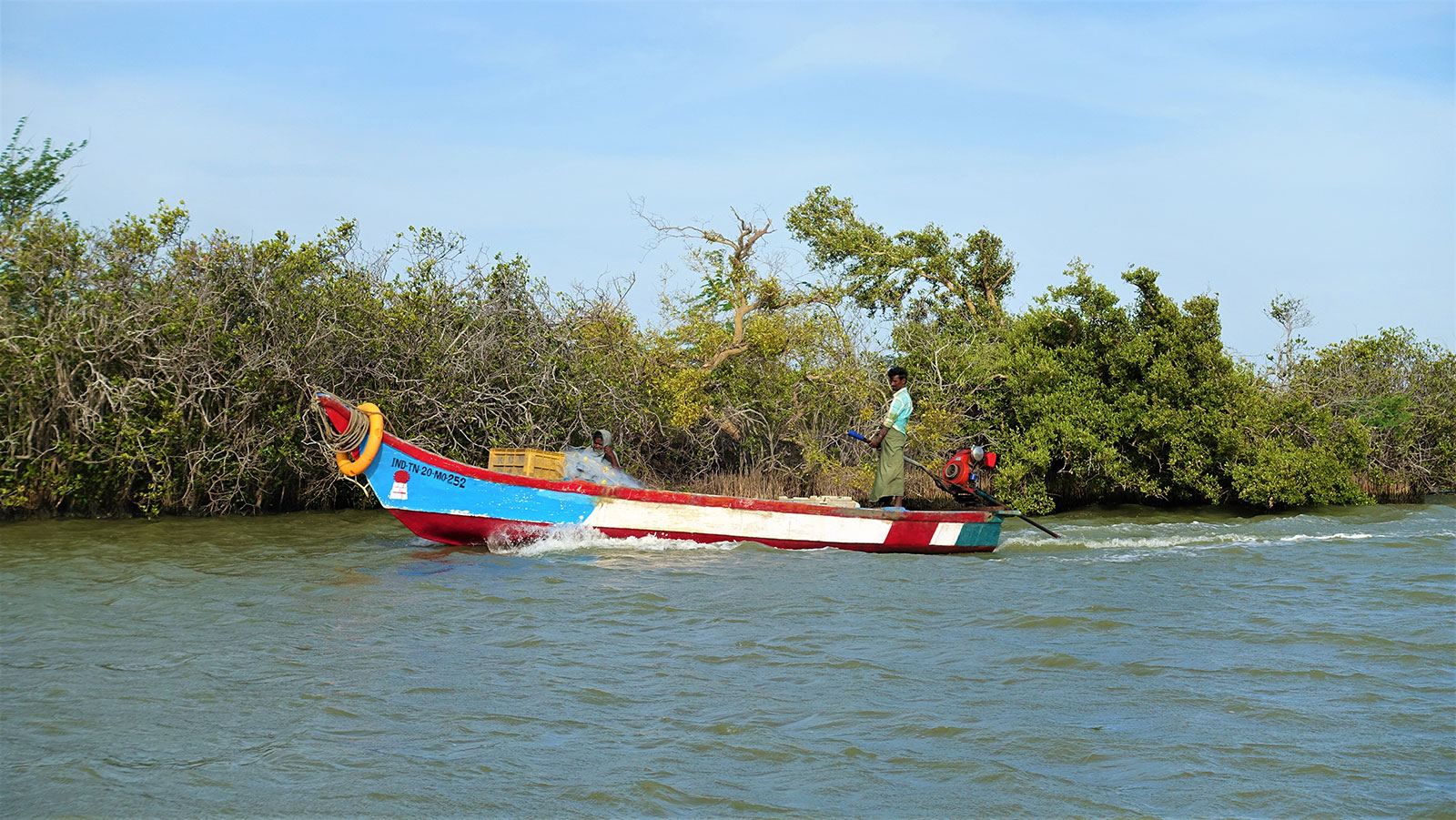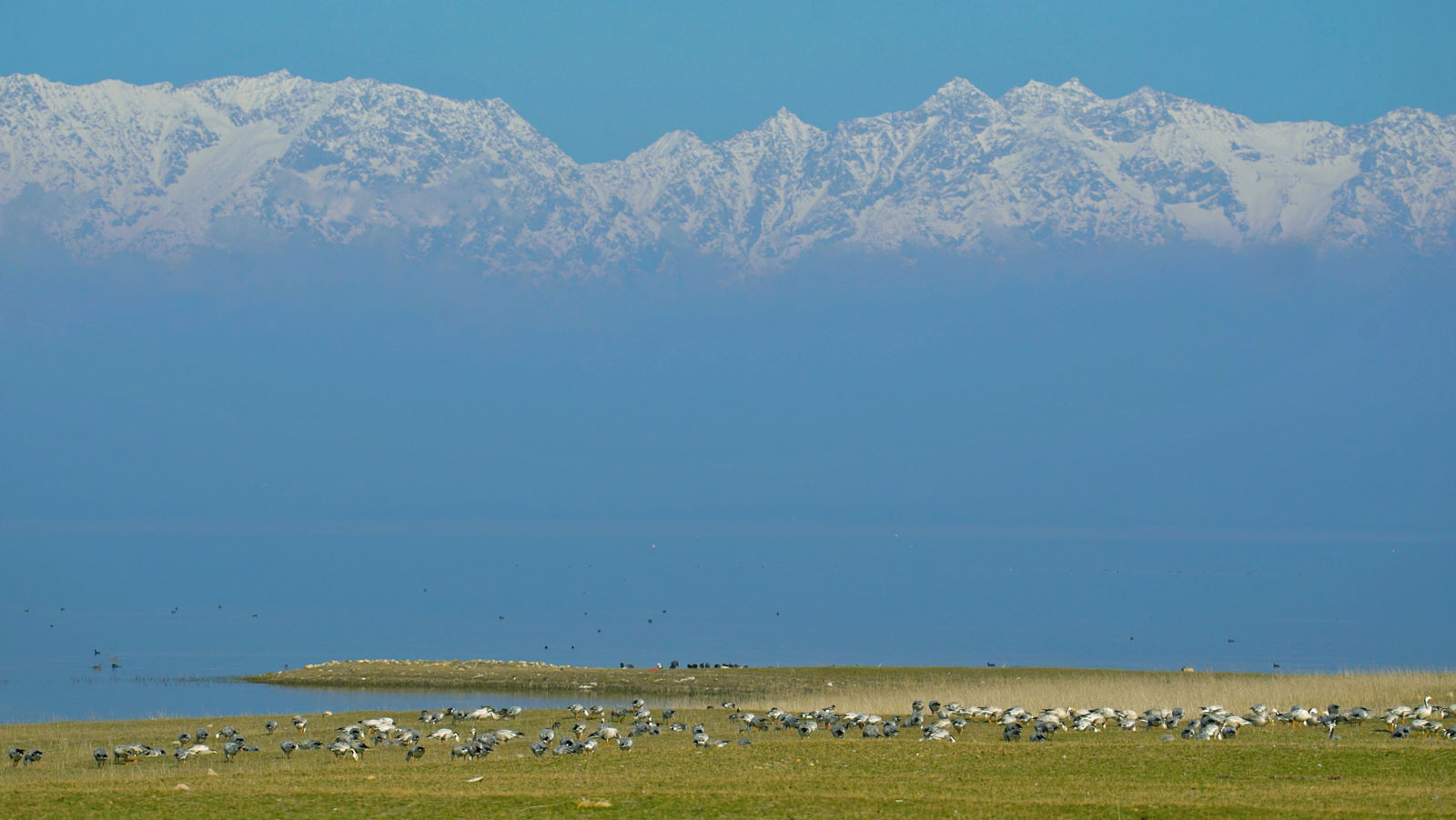Wetlands Management for Biodiversity and Climate Protection
OBJECTIVES
DESCRIPTION
There are over 750,000 wetlands in India which are spread over 152,600 square kilometres. Distributed across ten bio-geographic zones – from the Trans-Himalayas to the Indian Islands – these wetlands exhibit an enormous diversity and support a variety of ecosystem services: freshwater provision, food, fibre and fuels, groundwater recharge and purification, pollution abatement, flood mitigation, erosion control and carbon sequestration. They also provide cultural and recreational benefits. Wetlands directly and indirectly support the livelihoods of millions of Indians. In India, 46 wetlands of international importance have been designated under the Ramsar Convention.
Many wetlands are threatened by reclamation and degradation through drainage and landfill, pollution, hydrological alteration, over-exploitation and climate change resulting in loss of biodiversity and disruption in ecosystem benefits to the society. Wetlands in India form an integral component of biodiversity conservation, water and food security and climate protection.
The Wetlands Management for Biodiversity and Climate Protection project is implemented in close cooperation with the National Plan for Conservation of Aquatic Ecosystems (NPCA) of the Ministry of Environment, Forest and Climate Change (MoEFCC).
APPROACH/FIELD OF INTERVENTION
Four main output areas define the implementation approach of the project:
- Integrated management planning for 3-4 pilot Ramsar sites based on biodiversity, ecosystem services and climate change risks.
- Capacity development of national, state and site level stakeholders for integrated wetland management.
- Development of a wetland monitoring system, including an instrument to track management effectiveness.
- Implementation of ecosystem-based sustainable livelihood measures (green recovery post COVID-19)
TARGETED BENEFICIARIES
- State Wetland Authorities in the pilot sites
- State Forest Departments in the pilot sites
- Wetland managers
- Local communities in the pilot sites
HIGHLIGHT ACTIVITIES
- An Inventory, Assessment and Monitoring Framework for Indian Wetlands for wetland managers has been developed which lists prioritised parameters based on their relevance in management, feasibility, and practicality of assessment. This was released at a side-event hosted by the project during CMS COP13, Gujarat.
- Illustrative factsheets on wetland values and benefits and threats to the wetland were prepared for the project Ramsar sites for communication and engagement with the local stakeholders. The Ministry of Environment, Forest and Climate Change (MoEFCC), along with GIZ and other partners, produced a similar factsheets booklet for all 37 Ramsar sites of India which was released by MoEFCC during CMS COP13, 2020.
- An assessment of capacities and training needs to strengthen the institutional framework and for ecosystem-based integrated management of wetlands in India has been carried out.
- Training courses and workshops have been conducted for Ramsar site managers, managers of the four pilot project locations and officials from State Wetland Authorities.
- Development of a Wetlands Information and Knowledge Web Portal is ongoing, which will include self-based learning courses.
PUBLICATIONS
- Factsheet – Wetlands Management for Biodiversity and Climate Protection
- Indo-German Biodiversity Programme Newsletter – Issue no. 4
- Indo-German Biodiversity Programme Newsletter – Issue no. 5
- Indo-German Biodiversity Programme Newsletter – Issue no. 6
- Indo-German Biodiversity Programme Newsletter – Issue no. 7
- Indo-German Biodiversity Programme Newsletter – Issue no. 8
- Indo-German Biodiversity Programme Newsletter – Issue no. 9
- Indo-German Biodiversity Programme Newsletter – Issue no. 11
- Indo-German Biodiversity Programme Newsletter – Issue no. 12
- Indo-German Biodiversity Programme Newsletter – Issue no. 13
- Managing Habitats for Migratory Species in India
- Why should we count birds? Photo essay on Pong Bird Census
- Ramsar sites of India
- WIAMS Framework
- Point Calimere factsheet
- Bhitarkanika factsheet
- Pong Dam Lake factsheet
- Renuka lake factsheet
- Wetlands Factsheet
- Wetlands Brochure
VIDEO
COUNTRY
India
DURATION
Sep 2018 - Dec 2024
Commission Agency
BMUV
SDG
